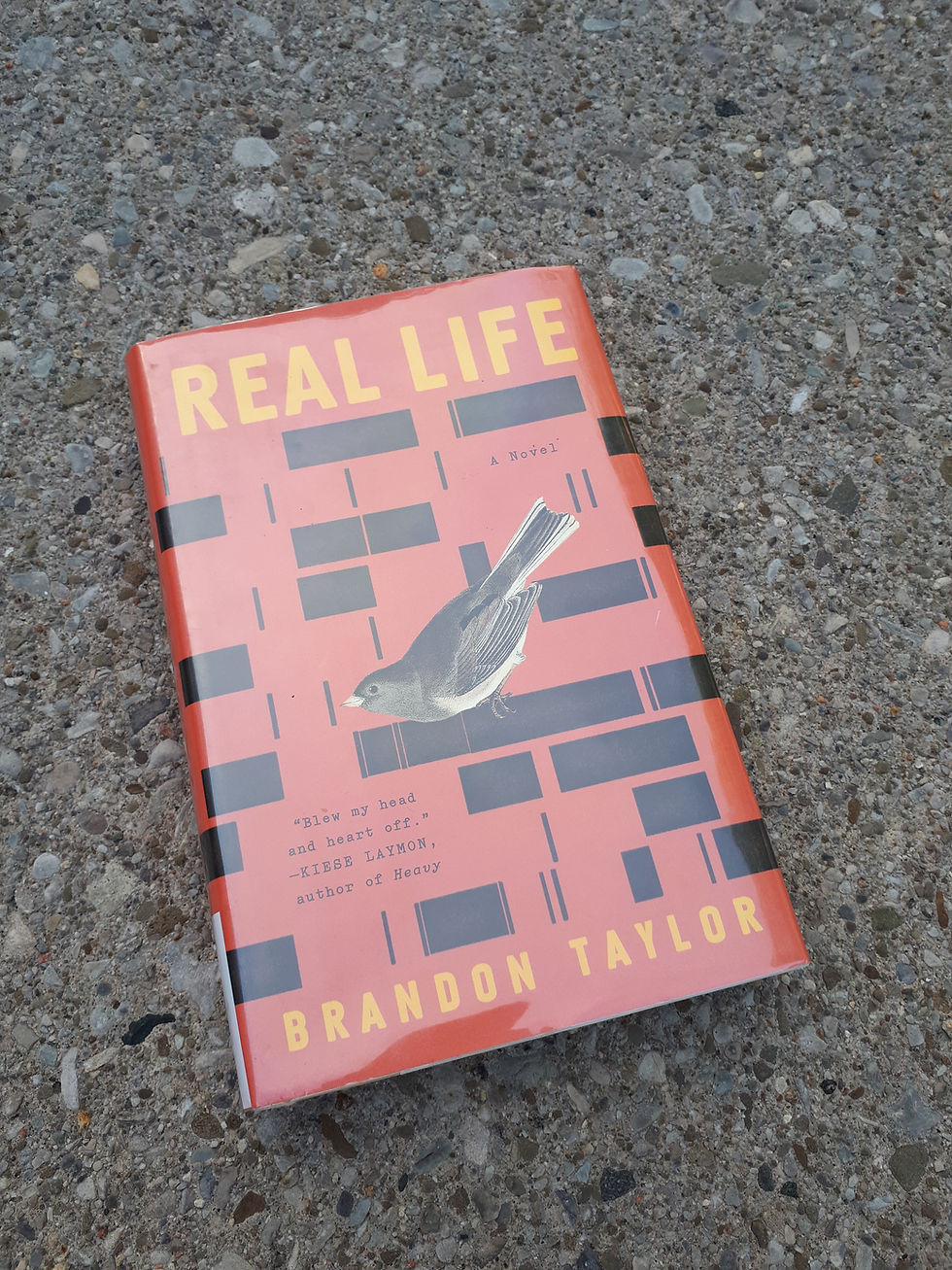Connections to Art: Simone Elizabeth Saunders
- Lindsay Core

- Oct 20, 2022
- 2 min read
Last week I visited the Textile Museum of Canada with 15 students to see two exhibits. The first was Simone Elizabeth Saunders' exhibit called u∙n∙i∙t∙y and the second was called Textiles and the Environment.
Saunders' exhibit took my breath away. She is a textile artist of Canadian and Jamaican descent who uses tufting to create "portraits of singular figures, each a montage of powerful, inspirational Black bodies that collectively surface a strong and resilient community" (https://textilemuseum.ca/event/simone-elizabeth-saunders/).
My favourite pieces in the exhibit were the Four Queens. These are four tufted tapestries called Black Power, Black Dreams, Black Magic, and Black LoveI, which are Saunders' interpretation of and variation on Alphonse Mucha's 1900 Art Nouveau work Precious Stones and Flowers.

VIEW: Click here to see Mucha's Precious Stones and Flowers (1900).
What feels familiar?
I am not a formally trained artist, nor have I taken any art history since I was in high school, but I love art and noticing how it makes me feel.
Saunders' work reminded me of Kehinde Wiley's A New Republic show, which include "portraits of everyday men and women [that] riff on specific paintings by Old Masters, replacing the European aristocrats depicted in those paintings with contemporary black subjects, drawing attention to the absence of African Americans from historical and cultural narratives" (https://kehindewiley.com/works/a-new-republic/).
VIEW: Click here and scroll down to 'View Images' to see images from his A New Republic exhibit. Or search Wiley's "Morpheus (2008)" or "The Three Graces (2005)" or "Napoleon Leading the Army over the Alps (2005)" or "Saint John the Baptist in the Wilderness (2013)".
When I was first introduced to Wiley in about 2014, I noticed that seeing images of Black people represented in familiar classical poses and in stained glass felt jarring, whereas now when I look at his art it feels celebratory to me. I had the same feeling of celebration along with joy and awe when I saw at Saunders' art. It made me think about how we typically see white and Black people represented in art, and her art feels like a reckoning and reclamation of history.
I recently became aware of Alaskan artist Linda Infante Lyons who combines Christian iconography with Alutiiq tradition to make beautiful portraits. The similarities in what these three artists are doing by replacing the figures in classical and traditional art forms is exciting. I love the beauty of these pieces and the sense of belonging that I can feel the works and artists claiming.
VIEW: Click here and scroll down to 'Icon Portraits' to see Infante Lyons' paintings. Or search Infante Lyons' The Wiinarpak's Prayer (2020) to see an example of her work.





Comments